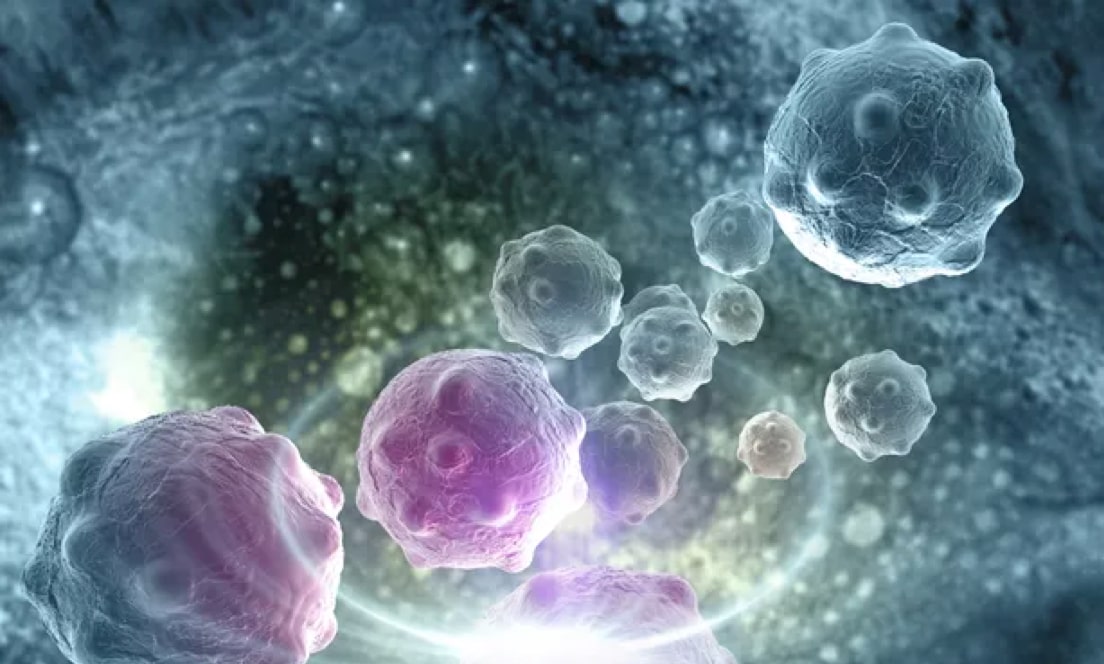Search:
Categories
Archives
Types of Tumours
- CURIA
- Mag, 20, 2022
- Family & Friends
- Commenti disabilitati su Types of Tumours

All about cancer tumours
Our bodies consist of many cells. Genes inside these cells give out orders for it’s functions such as growth, work, reproduction or death. Under normal circumstances, cells obey orders and thus stay healthy. But in certain cases, the orders get disrupted and because of that the cells form tumors.
According to The National Cancer Institute1 a tumour is “an abnormal mass of tissue that results when cells divide more than they should or do not die when they should.”
When a person is healthy, cells grow, divide and replace damaged or dead cells in the body. Here, when the new cells form, the old cells die. However, if a person has cancer, new cells form even if the body does not need them and grow to a lump of cells, known as tumour.
Understanding metastasis of tumours
When cancer cells break away from the main tumor and enter the bloodstream or lymphatic system, metastases occur. As a result, the cancer cells travel away from the original tumour and form new tumours when they settle and grow into a different part of the body. A few examples of the same are when breast cancer tends to spread to the bones, liver, lungs, chest wall and the brain. Some examples of metastasis are lung cancer spreading to the brain, bones, liver and adrenal glands, prostate cancer spreading to the bones, colorectal cancers spreading to the liver and lungs.
Types of tumours
There are three types of tumours – benign, premalignant and malignant.
Benign – Benign tumours stay in one place. They usually do not spread or grow and even if they do they do so slowly. Also, in case these tumours are removed, they generally do not return. Although most benign tumours are not harmful they can cause pain if pressed against nerves or blood vessels or if they trigger overproduction of hormones in the endocrine system. A few examples of benign tumours are adenomas which develop in glandular epithelial tissue which is the thin membrane that covers glands, organs and other structures in the body; fibroids which can grow on the fibrous or connective tissue of any organ; hemangiomas which form when the blood vessels grow excessively and lipomas which are soft tissue tumours and consist of fat cells.
Premalignant – In this case the tumours are initially not cancerous but have a tendency to become one. A few examples of premalignant tumours are actinic keratosis which involves patches of crusty, scaly, and thick skin; cervical dysplasia which could lead to cervical cancer, metaplasia of the lung where growth occurs in the bronchial tubes that carry air into lungs and leukoplakia where thick white patches are formed in the mouth.
Malignant – These tumours are cancerous and hence they spread and grow to other parts of the body. A few examples of malignant tumours are carcinoma which are formed from epithelial cells which occur in stomach, prostate, pancreas, lung, liver, colon or breast; sarcoma which start in connective tissue such as cartilages, bones, fat and nerves; germ cell tumours that develop in the cells that produce sperm and eggs and blastoma where tumours form embryonic tissue or developing cells.
Questions to ask during diagnosis
There are certain signs which are red flags and need medical attention. You need to get in touch with a doctor if you experience extreme fatigue, have lumps or mass anywhere in the body, have severe pain that interferes with sleep or daily activities and have unexplained weight loss. The following questions need to be asked to the doctor if diagnosed with a tumor:
- Is the tumor malignant, premalignant or benign?
- What is the type of tumor?2
- What is the best treatment?
- What are the treatment risks and side effects?
- What are the signs of complications to look out for?
Early detection and prompt treatment is invaluable for patients with a cancerous tumour. There are many therapies available today which can destroy cancer cells, prevent them from spreading and lower the risk of the recurrence of cancer.
Riferimenti:
